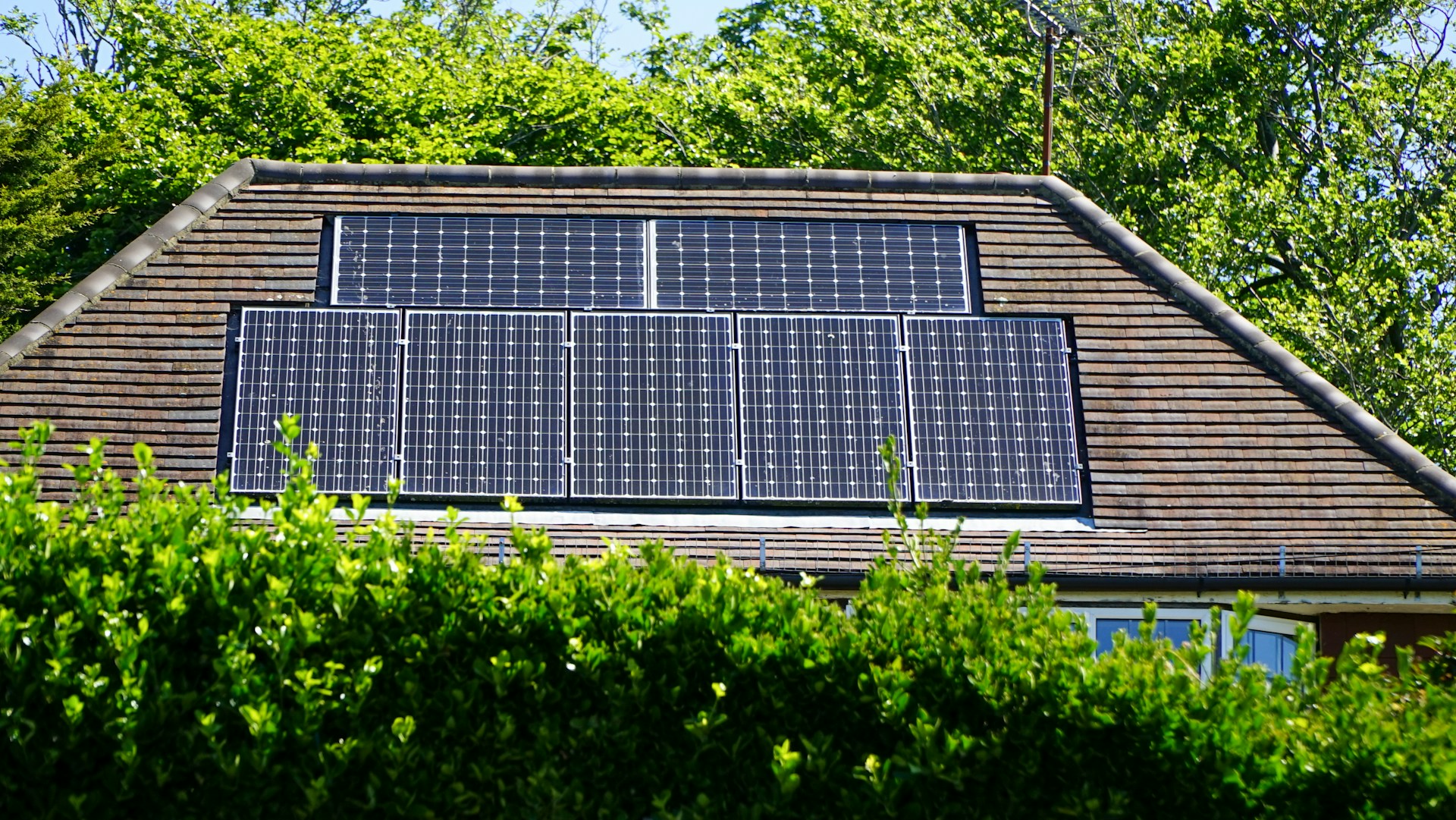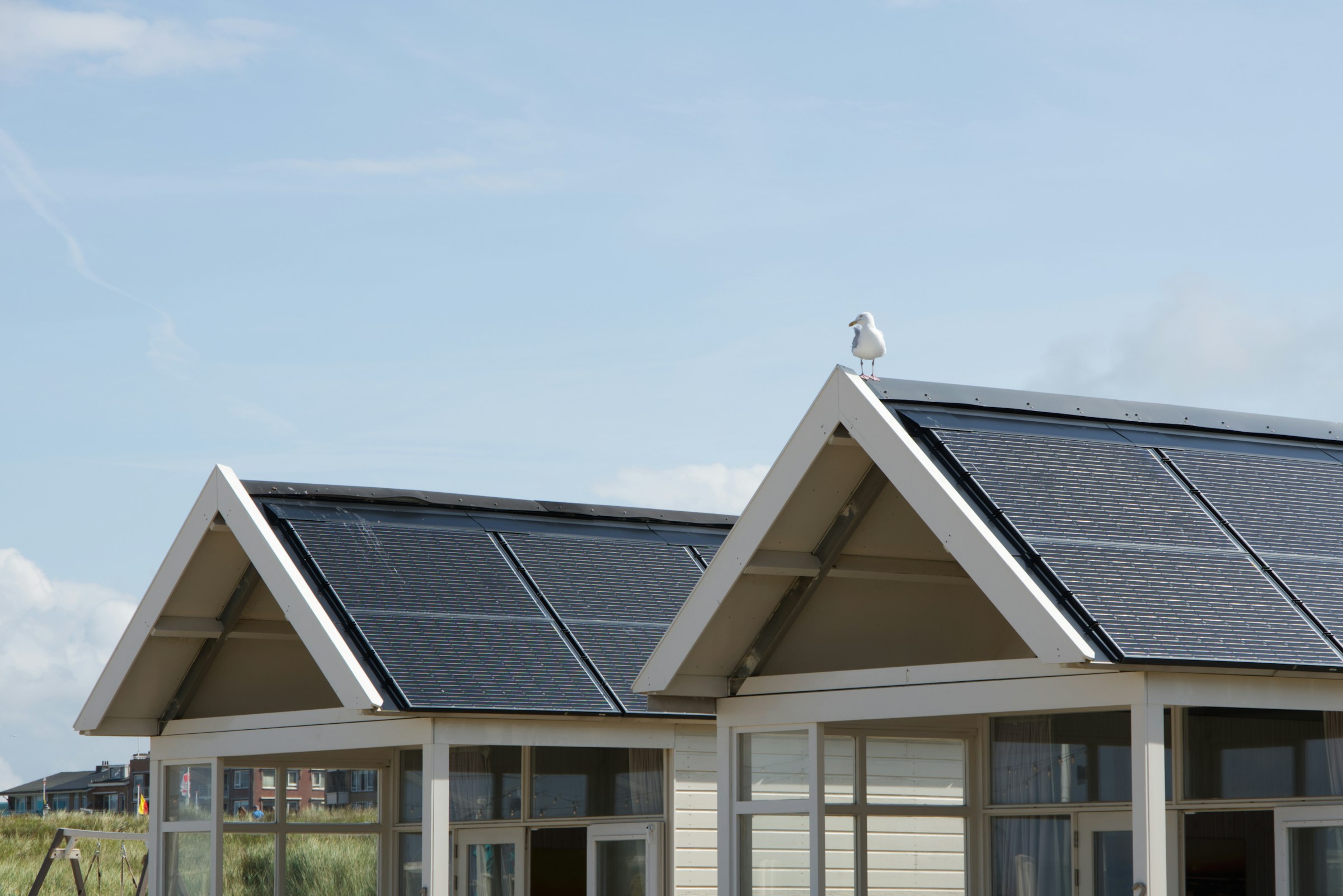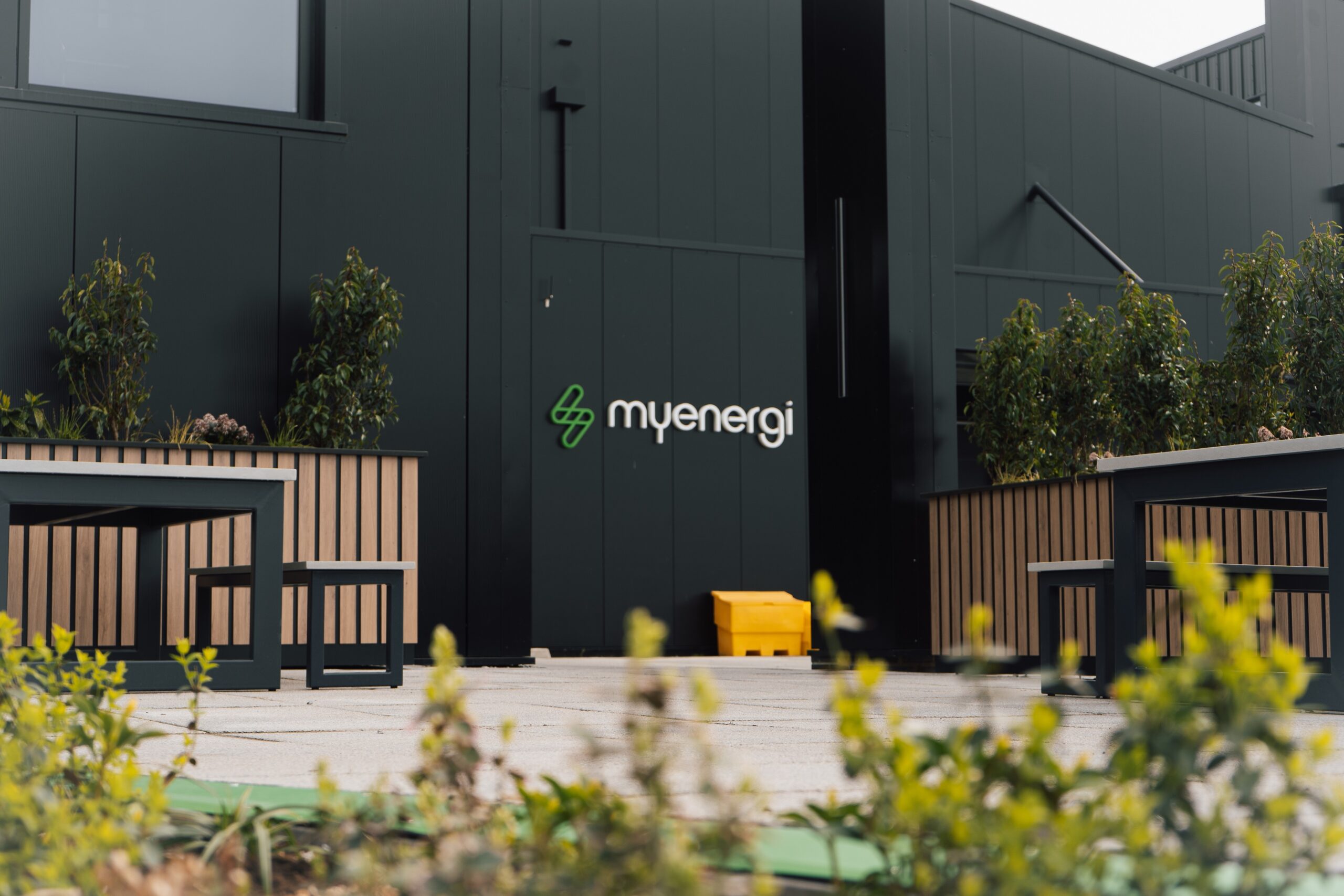In this article, Jordan Brompton, co-founder and CMO of myenergi, discusses booming solar installations and explains why self-consuming green energy is key to unlocking its true potential.
According to forecasts from SolarPower Europe, more than 1TW of solar PV could be installed annually by 2028 if global momentum continues.[1] This prediction neatly follows five years of climbing figures, as well as data from the trade association’s latest report, which highlights an 87% increase in year-on-year installations (from 239 GW in 2022 to 447 GW in 2023).
In just less than a decade, when the global solar market sat at just 4% of what it is today,[2] photovoltaics have rapidly become one of the world’s leading sources of renewable energy. 31 countries now reportedly install more than 1 GW per annum, up from 28 in 2022, with forecasts suggesting that this number will continue to climb.
While domestic installations (up to 50kWe) are responsible for just a fraction of total solar deployment, data from the Microgeneration Certification Scheme (MCS) suggests that consumer demand is booming. Data from May, for example, reported more than 14,300 completed installations during the month, bringing the total figure in the UK alone (over the past 12 months) to well over 1.5 million.[3]
As the world increases momentum towards a truly renewable-led energy landscape, solar will play an increasingly important role. Whether domestic or commercial scale, rising deployment data makes for hugely pleasing reading.
The renewable energy paradox
Installing renewable energy generation technology may seem like a no-brainer, but it’s important to understand the limitations. While free energy is a huge hook, the peaks and troughs of generation are unpredictable. What’s more, when it comes to domestic systems, most homeowners are out of the house during periods of high generation and use most energy during low periods. As such, it’s not unusual to see users exporting surplus energy to the grid and buying it back (at a far more expensive rate) when they need it most.
As a result, the average consumption rate for self-generated power stands at just 45% in the UK, with some users reducing their reliance on mains energy by less than 25%[4]. Rather than making full use of self-generated solar energy in the home, electricity is exported to the grid at times of high generation and low use, and then typically bought back, at a higher price, when it’s needed most.
In the past, this scenario has proven a barrier too high for most homeowners to overcome. But, thanks to significant developments in battery technology, as well as new innovation in self-consumption solutions, the picture is changing. At myenergi, we’re renowned for our innovative eco-smart product range, which has been designed to maximise the value of renewable energy generation technology and improve payback periods for homeowners.
We’re best known for designing the market’s first eco-smart electric vehicle charging device – zappi – a future-proofed solution that, alongside operating as a mains-connected charging device, seamlessly integrates with renewable energy generation technologies to harness self-generated energy and allow users to charge their EV for free. In periods of low generation, zappi is able to automatically optimise around your energy tariff to enable charging at both cheaper and greener times from the grid.
Alongside zappi, we also manufacture a wide range of other devices – such as eddi, the UK’s #1 solar power diverter, which diverts surplus renewable energy to domestic heating systems; and harvi, an energy monitoring wireless sensor that allows the zappi and eddi to be installed without wiring a direct CT clamp.
At times when more energy is generated than required, myenergi’s domestic storage battery, libbi, captures this surplus electricity and discharges it as and when needed. libbi is modular by design, providing the opportunity for households to increase storage in the future.
While all myenergi products can work autonomously, they also work collaboratively as part of a connected ecosystem. This means that users can effectively choose where to send their self-generated solar energy – to heat the home, to power their EV, or to store for use in times of high demand but low generation.
Harnessing the opportunity
As demand for solar power continues, the future of the technology looks impressively bright. Work continues across the industry to further improve material performance and panel efficiencies (with recent progress suggesting record-breaking levels through the use of perovskite),[5] while investment continues to flow to support rising deployment requirements.
If we could achieve 1 TW deployment per annum by 2028, the technology would be well on the way to offsetting a significant volume of fossil fuels – decarbonising our energy system and decentralising power supply. This may seem like a tall ask but, with deployment rates increasing so significantly over the past 10 years, it’s perfectly possible with the right roadmap.
But while the peaks and troughs of commercial scale solar are somewhat unavoidable, when it comes to domestic generation there are numerous ways to improve self-consumption. Greentech is proving a valuable solution to the renewable energy paradox and, by doing so, will drive further uptake of microgrids all over the world.
[1] https://www.pv-magazine.com/2024/06/18/solarpower-europe-says-1-tw-of-solar-could-be-annually-installed-by-2028/
[2] https://www.solarpowereurope.org/press-releases/new-report-global-solar-installations-almost-double-in-2023-but-leaves-emerging-economies-in-the-dark
[3] https://solarenergyuk.org/news/uk-reaches-1-5m-small-scale-solar-installations/
[4] https://www.sciencedirect.com/science/article/abs/pii/S0301421518302222
[5] https://www.pv-magazine.com/2024/06/14/longi-claims-34-6-efficiency-for-perovskite-silicon-tandem-solar-cell/








